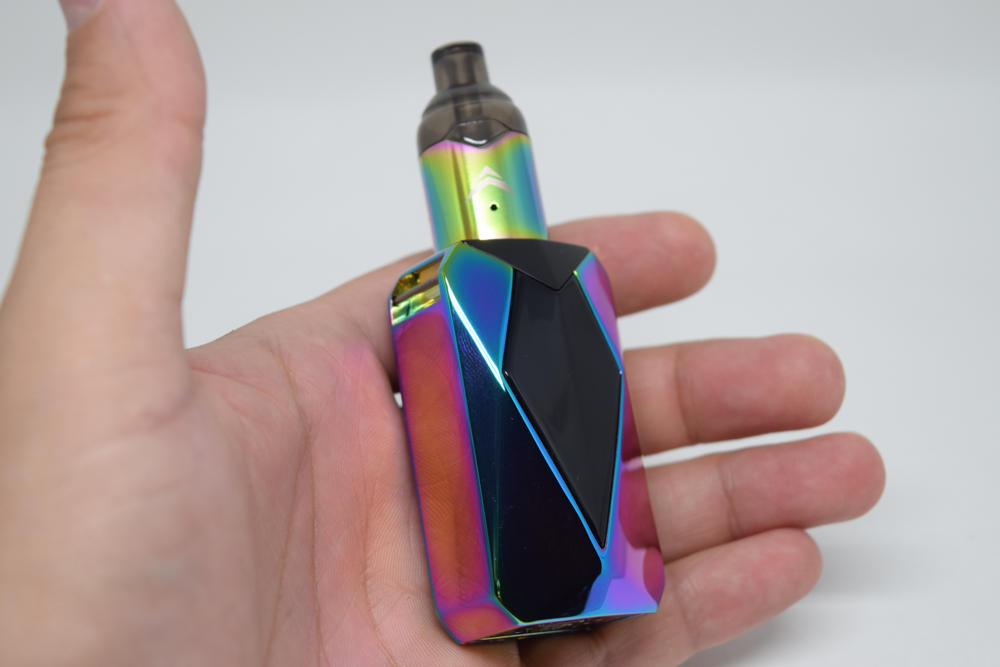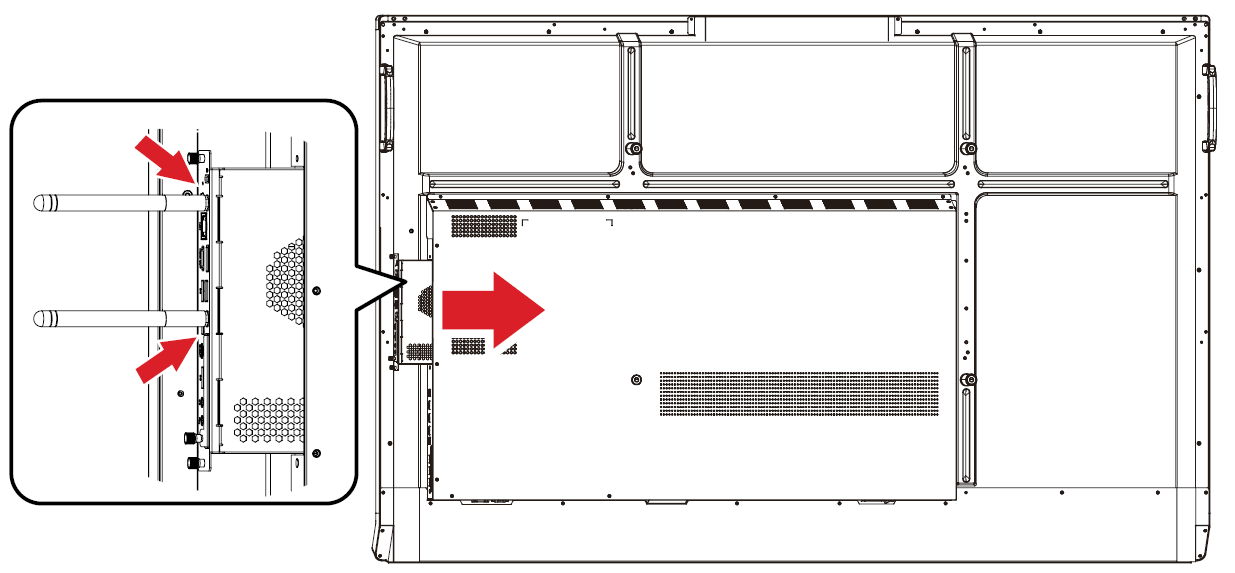RemoteIoT VPC Review: The Ultimate Guide For Your Smart Networking Needs
Hey there, tech enthusiasts and cloud architects! If you're diving into the world of IoT and cloud networking, you've probably heard the buzzword "RemoteIoT VPC." But what exactly is it, and why should it matter to you? In this article, we're going to break it down for you in a way that’s easy to understand, packed with actionable insights, and sprinkled with some real-world examples. So, grab your favorite beverage, and let's dive in!
Let me give it to you straight—RemoteIoT VPC is not just another tech jargon. It's a powerful solution designed to help businesses manage their IoT devices securely and efficiently. Whether you're a seasoned IT pro or just starting your journey into the world of IoT, this guide will equip you with all the info you need. Think of it as your trusty sidekick when navigating the complexities of virtual private clouds in the IoT space.
By the end of this article, you’ll have a clear understanding of what RemoteIoT VPC is, how it works, and why it’s such a game-changer. We’ll cover everything from setup tips to troubleshooting tricks, so stick around. Now, let’s get started!
Read also:Cuties Ilanah Camigoursolas A Deep Dive Into Her World
What is RemoteIoT VPC?
Alright, let’s start with the basics. RemoteIoT VPC stands for Remote Internet of Things Virtual Private Cloud. Sounds fancy, right? But don’t let the name intimidate you. At its core, it’s a cloud-based solution that allows organizations to create a secure, isolated network environment for their IoT devices. Think of it as a digital fortress where all your smart gadgets can communicate safely without worrying about cyber threats.
Here’s the kicker: RemoteIoT VPC isn’t just about security. It also offers scalability, flexibility, and cost-effectiveness. Whether you’re managing a few IoT devices or a massive fleet, RemoteIoT VPC has got your back. Plus, it integrates seamlessly with other cloud services, making it a perfect fit for modern hybrid architectures.
Why Should You Care About RemoteIoT VPC?
Listen up, because this is important. In today’s hyper-connected world, security is non-negotiable. IoT devices are everywhere—smart homes, industrial plants, healthcare facilities, you name it. But with great connectivity comes great responsibility. That’s where RemoteIoT VPC shines.
Key Benefits:
- Enhanced Security: Protect your IoT devices from unauthorized access and cyber threats.
- Scalability: Easily scale your network as your IoT deployment grows.
- Cost Efficiency: Save money by leveraging cloud resources instead of investing in expensive hardware.
- Flexibility: Customize your VPC to meet your specific needs and requirements.
Whether you're a small business or a global enterprise, RemoteIoT VPC offers something for everyone. It’s like having a personal IT team working around the clock to keep your IoT ecosystem running smoothly.
How Does RemoteIoT VPC Work?
Now that we’ve covered the "what" and "why," let’s talk about the "how." RemoteIoT VPC operates on a simple yet powerful principle: isolation. It creates a dedicated network segment within a cloud environment, ensuring that your IoT devices are separated from other traffic. This isolation reduces the risk of data breaches and ensures optimal performance.
Read also:Julia Best Warner Unveiling The Rising Stars Journey
Here’s a quick breakdown of how it works:
- Setup: You configure your VPC by defining subnets, IP ranges, and security groups.
- Connection: Your IoT devices connect to the VPC through secure tunnels or gateways.
- Communication: Devices within the VPC can communicate with each other without exposing themselves to the public internet.
- Monitoring: You can monitor and manage your VPC using intuitive dashboards and APIs.
It’s like setting up a private club where only invited guests can join. And trust me, your IoT devices will love the VIP treatment.
Setting Up RemoteIoT VPC: Step-by-Step Guide
Ready to roll up your sleeves and get started? Setting up RemoteIoT VPC is easier than you think. Follow these steps, and you’ll be up and running in no time.
Step 1: Define Your Requirements
Before you dive into the technical details, take a moment to assess your needs. How many IoT devices do you plan to connect? What kind of data will they generate? Answering these questions will help you design a VPC that meets your specific requirements.
Step 2: Choose Your Cloud Provider
RemoteIoT VPC works with most major cloud platforms, including AWS, Azure, and Google Cloud. Choose the one that aligns with your existing infrastructure and budget.
Step 3: Configure Your VPC
Once you’ve selected your provider, it’s time to set up your VPC. This involves creating subnets, setting up security groups, and defining access policies. Don’t worry if it sounds complicated—most cloud providers offer user-friendly interfaces to guide you through the process.
Step 4: Connect Your IoT Devices
The final step is to connect your IoT devices to the VPC. Depending on your setup, this might involve configuring gateways, firewalls, or SDKs. Make sure to follow best practices for security and performance.
And that’s it! You’re now ready to harness the power of RemoteIoT VPC.
RemoteIoT VPC vs Traditional Networking
So, how does RemoteIoT VPC stack up against traditional networking solutions? Let’s compare the two:
| Feature | RemoteIoT VPC | Traditional Networking |
|---|---|---|
| Security | High | Moderate |
| Scalability | Excellent | Limited |
| Cost | Pay-as-you-go | Upfront investment |
| Flexibility | High | Low |
As you can see, RemoteIoT VPC offers significant advantages over traditional networking. It’s like comparing a high-performance sports car to a clunky old truck. Sure, the truck gets the job done, but the sports car offers a smoother, faster, and more enjoyable ride.
Common Challenges and Solutions
No technology is perfect, and RemoteIoT VPC is no exception. Here are some common challenges you might face and how to overcome them:
Challenge 1: Security Threats
Solution: Implement robust security measures, such as encryption, firewalls, and intrusion detection systems. Regularly update your software and firmware to patch vulnerabilities.
Challenge 2: Scalability Issues
Solution: Plan ahead and design your VPC with scalability in mind. Use auto-scaling features to handle traffic spikes and ensure smooth performance.
Challenge 3: Complexity
Solution: Leverage pre-built templates and automation tools to simplify the setup process. Consider hiring a certified professional if you’re new to cloud networking.
With the right approach, you can overcome these challenges and unlock the full potential of RemoteIoT VPC.
Best Practices for Using RemoteIoT VPC
Here are some pro tips to help you make the most of RemoteIoT VPC:
- Regularly monitor your VPC for suspicious activity.
- Use multi-factor authentication for added security.
- Segment your network to isolate critical devices.
- Keep your software and firmware up to date.
- Document your setup and configurations for future reference.
Think of these best practices as your cheat sheet for success. Follow them, and you’ll be well on your way to mastering RemoteIoT VPC.
Case Studies: Real-World Applications
Let’s take a look at some real-world examples of how businesses are using RemoteIoT VPC to drive innovation and growth.
Case Study 1: Smart Manufacturing
A leading manufacturing company used RemoteIoT VPC to connect its factory floor devices, enabling real-time monitoring and predictive maintenance. The result? A 30% increase in productivity and a significant reduction in downtime.
Case Study 2: Smart Cities
A municipal government implemented RemoteIoT VPC to manage its smart traffic systems, reducing congestion and improving public safety. The system’s scalability allowed the city to expand its IoT network as needed.
Case Study 3: Healthcare
A hospital network deployed RemoteIoT VPC to secure its medical devices, ensuring patient data remained private and compliant with regulations. The solution’s flexibility allowed the hospital to adapt to changing requirements.
These examples prove that RemoteIoT VPC isn’t just theory—it’s a practical solution with real-world impact.
Future Trends in RemoteIoT VPC
So, what’s next for RemoteIoT VPC? Here are a few trends to watch:
- AI Integration: Expect more AI-driven features to enhance automation and optimization.
- Edge Computing: As IoT devices become more powerful, edge computing will play a bigger role in VPC architectures.
- Quantum Security: With the rise of quantum computing, new security protocols will emerge to protect IoT networks.
Stay tuned, because the future of RemoteIoT VPC is shaping up to be exciting!
Conclusion: Take Action Today
There you have it—a comprehensive guide to RemoteIoT VPC. From understanding the basics to exploring real-world applications, we’ve covered everything you need to know. So, what’s next? Here’s what you can do:
- Share this article with your colleagues and friends.
- Leave a comment below with your thoughts and questions.
- Start experimenting with RemoteIoT VPC in your own projects.
Remember, the world of IoT is evolving rapidly, and staying ahead of the curve is crucial. By leveraging RemoteIoT VPC, you can secure your devices, optimize your operations, and unlock new opportunities for growth.
So, what are you waiting for? Dive in and experience the power of RemoteIoT VPC for yourself!
Table of Contents
- What is RemoteIoT VPC?
- Why Should You Care About RemoteIoT VPC?
- How Does RemoteIoT VPC Work?
- Setting Up RemoteIoT VPC: Step-by-Step Guide
- RemoteIoT VPC vs Traditional Networking
- Common Challenges and Solutions
- Best Practices for Using RemoteIoT VPC
- Case Studies: Real-World Applications
- Future Trends in RemoteIoT VPC
- Conclusion: Take Action Today


